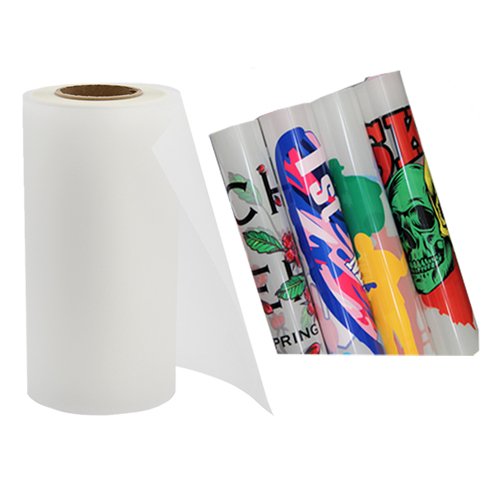Here’s how DTF printing with DTF powder generally works:
- Design Creation: First, you create or obtain the design you want to print on the fabric. This design is typically created digitally using graphic design software.
- Printing: The design is printed onto a special type of film or transfer sheet using a DTF printer, which uses UV-curable inks. These inks are solidified using UV light, creating a flexible and durable print.
- DTF Powder Application: After printing the design on the transfer sheet, DTF powder is applied to the printed ink. This powder helps to absorb excess ink and improve adhesion between the design and the fabric.
- Heat Transfer: The transfer sheet with the printed design and DTF powder is then placed onto the fabric. The entire assembly is subjected to heat, which causes the ink to transfer from the film to the fabric. The DTF powder plays a crucial role in this transfer process by facilitating the adhesion of the ink to the fabric.
- Curing: Once the design has been transferred to the fabric, it is cured or fixed using heat. This step ensures that the ink bonds permanently to the textile, making it washable and durable.
DTF powder is available in different varieties, and the choice of powder can affect the quality and durability of the final print. It’s essential to select the right DTF powder for your specific printer and ink combination. Some DTF powders are designed to work optimally with UV-curable inks, while others are suitable for different types of inks.
DTF printing has gained popularity in the textile and apparel industry for its ability to produce high-quality, full-color prints on a wide range of fabrics, including cotton, polyester, and blends. However, successful DTF printing requires proper equipment, including a DTF printer, the right DTF powders, and a heat press or curing machine, as well as expertise in the printing process to achieve the best results.
 DTF Items
DTF Items Epson Items
Epson Items Frame Items
Frame Items Large Format Items
Large Format Items














Reviews
There are no reviews yet.